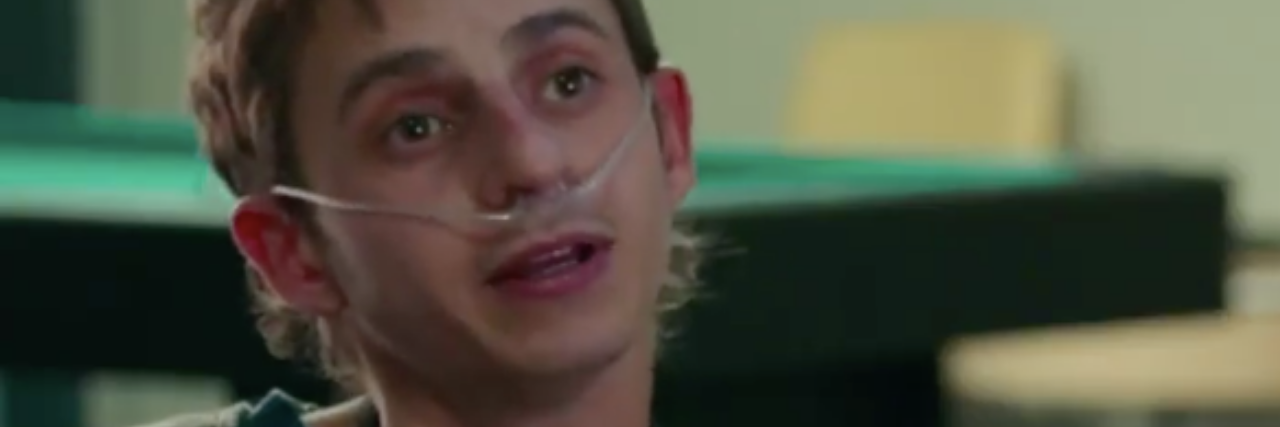What Happened: GLAAD has been tracking the quantity, quality and diversity of LGBTQ characters in major Hollywood films since 2005 with their Studio Responsibility Index (SRI), but this year marks the first time the organization has kept track of characters with disabilities — and the results are eye-opening.
This year’s report, which focused on the eight studios that grossed the most money from film releases in 2019, has revealed a stark underrepresentation of disabled LGBTQ characters. Just one character — which amounts to 2% of all LGBTQ characters in films this year — was featured in a major release. Among subsidiary releases from arthouse studios, there were only two LGBTQ characters, who both appeared in releases from Sony Pictures Classics.
Of the 118 films we counted from the major studios in 2019, 22 (18.6 percent) contained characters identified as LGBTQ. This is a *slight improvement* of 0.4 percent, an increase of two films from the previous year’s 18.2 percent (20 of 110 films).https://t.co/athBWg4nli
— GLAAD (@glaad) July 16, 2020
In 2019, mainstream films significantly regressed in representing the full diversity of the LGBTQ community. This must change. — GLAAD
Further analysis: Per GLAAD’s report, the only disabled LGBTQ character in a major film release was Poe, a gay Latino man with cystic fibrosis who appeared in Lionsgate’s “Five Feet Apart.” Poe died before the end of the film, and his death was used to thrust forward the plot of the two straight, white main characters. Overall, only 18.6% of the 188 films analyzed featured LGBTQ characters, but four of the eight studios did achieve the ultimate goal of having 20% LGBTQ-inclusivity by 2021.
The Frontlines: Even then, the glaring lack of disabled representation within the LGBTQ community doesn’t reflect reality. Research has shown that LGBTQ people are more likely to have a disability than the general population. According to the Movement Advancement Project (MAP), 27% of the general population is disabled, while:
- An estimated 3 to 5 million LGBTQ people have disabilities
- 40% of transgender adults are disabled
- A third of LGBTQ adults identify as having a disability (according to an additional report).
A Mighty Voice: Our contributor, Jess M., shared her experience dating as a queer, disabled person. “I do not fit in with the stereotypical image of the queer woman, or of the LGBTQ+ community. … Trying to date is a minefield,” she wrote. “I will find a person who can accept me for who I am … I’m here, I’m queer, I’m disabled and I’m worthy of love.” You can submit your first-person story, too.
Add Your Voice: Join The Mighty’s LGBTQ+ Mental Health Support group by downloading our app or comment below.
Other Things To Know: Being a disabled member of the LGBTQ community comes with its own unique challenges. If you want to learn more, check out:
- The Challenges Of Being An LGBT+ Spoonie
- What These Queer Disabled And Chronically Ill People Want You To Know
- 5 Intersections Of Being Queer And Disabled
- Coming Out Twice: Being Bisexual And Invisibly Disabled
Read more: You can read the full 2020 Studio Responsibility Index on GLAAD’s website.
Header image via “Five Feet Apart”/Instagram

